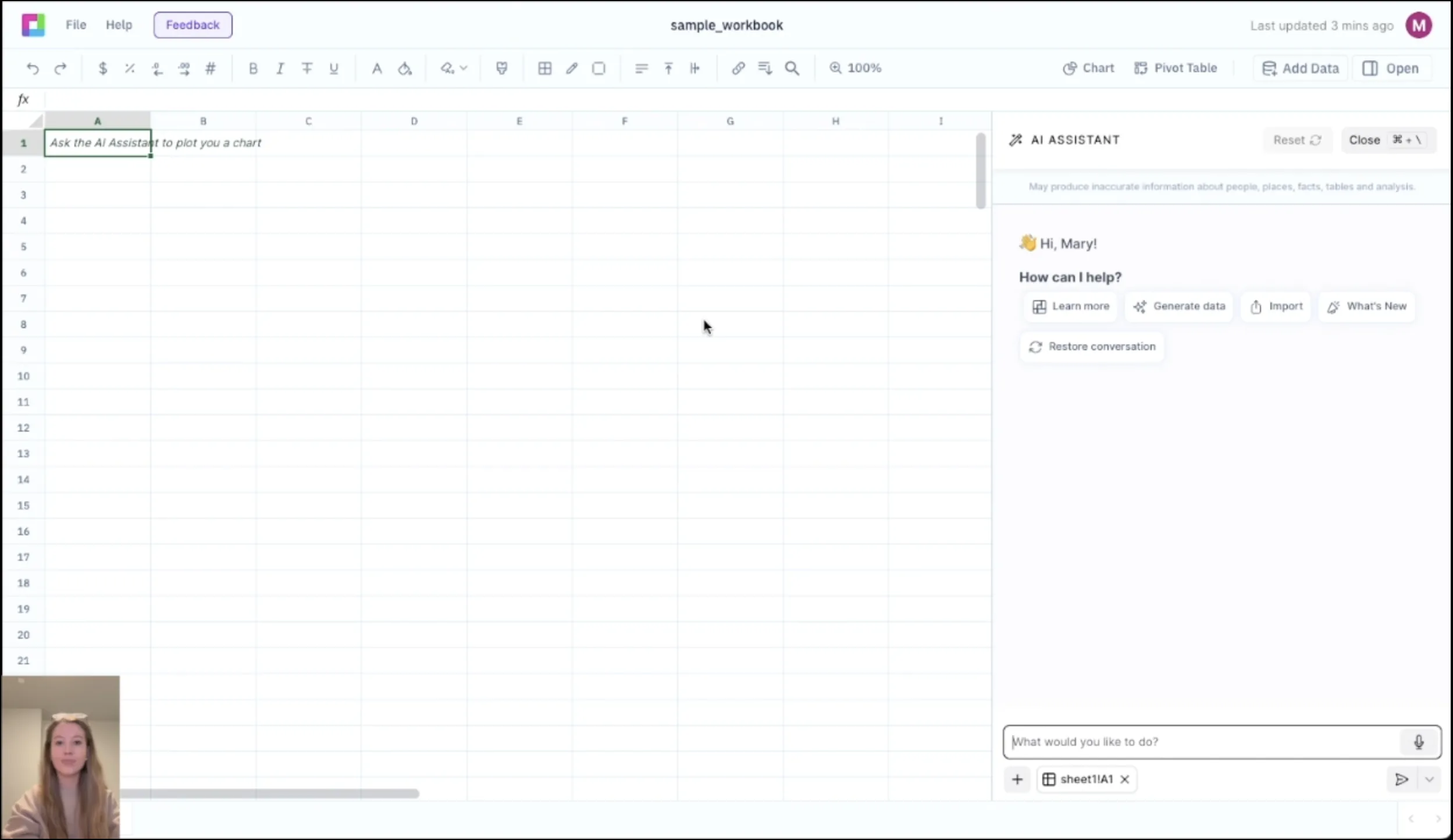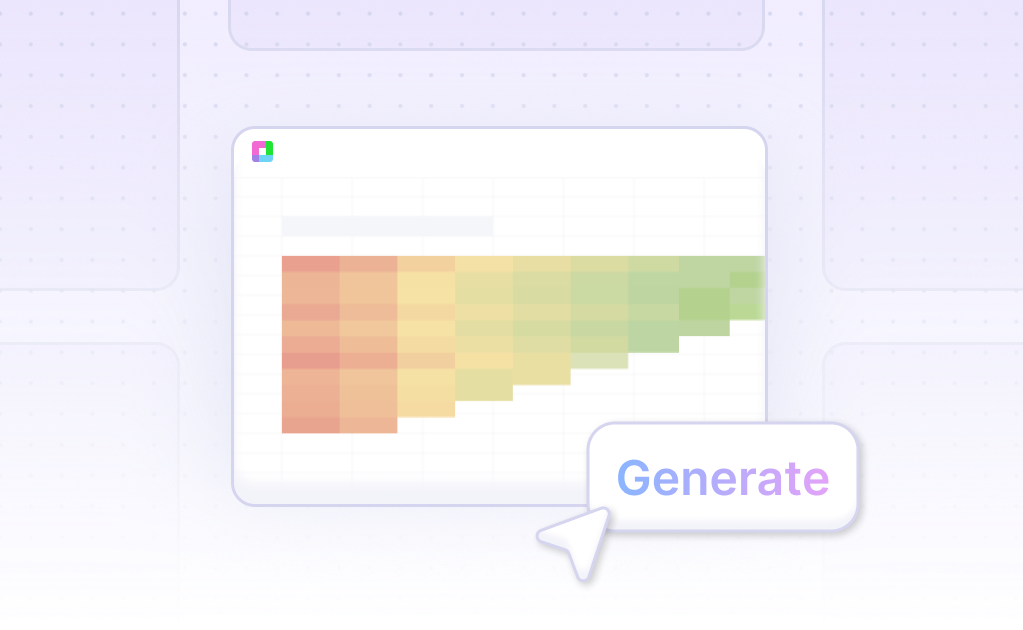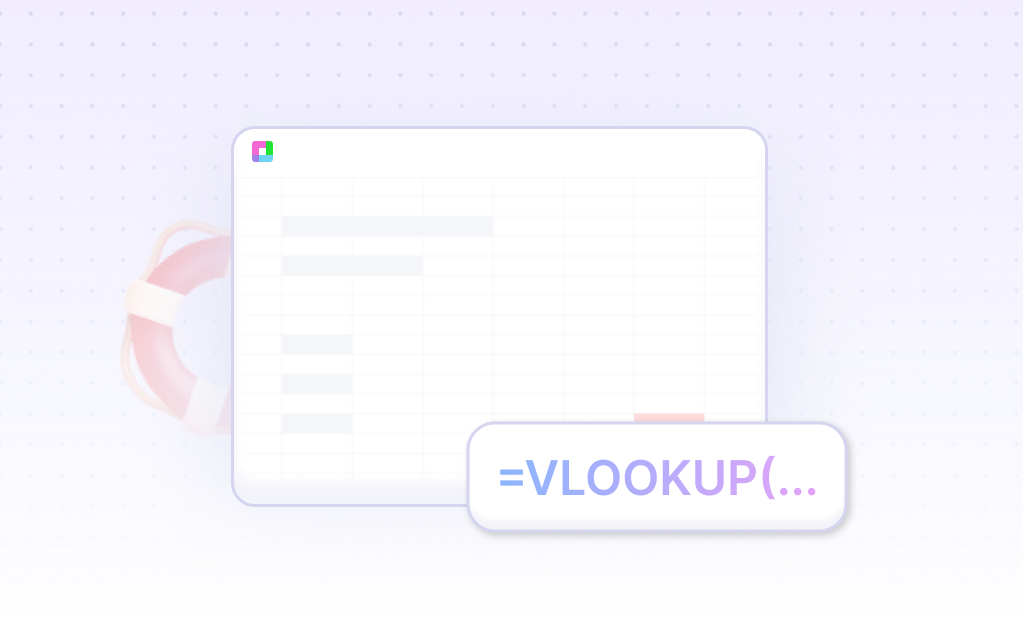
Master Liquidity Risk Management with Professional Analysis Tools
Liquidity risk management is critical for financial stability, regulatory compliance, and operational continuity. Our Liquidity Risk template provides comprehensive tools to calculate LCR and NSFR ratios, conduct stress testing, and manage liquidity buffers with institutional-quality analysis.
From liquidity coverage to funding stability, ensure robust liquidity management. Built for treasury managers, risk professionals, and financial institutions, this template helps you maintain adequate liquidity, optimize funding strategies, and meet regulatory requirements.
Comprehensive Liquidity Ratio Calculations
Liquidity Coverage Ratio (LCR)
Calculate LCR using high-quality liquid assets (HQLA) and net cash outflows over a 30-day stress period. Apply appropriate haircuts, caps, and operational requirements according to regulatory standards.
Net Stable Funding Ratio (NSFR)
Calculate NSFR using available stable funding (ASF) and required stable funding (RSF) with appropriate factors. Analyze funding stability over a one-year horizon under stressed conditions.
High-Quality Liquid Assets (HQLA)
Categorize and value liquid assets including Level 1, Level 2A, and Level 2B assets. Apply appropriate haircuts, concentration limits, and operational requirements.
Cash Flow Analysis
Analyze contractual and behavioral cash flows across different time horizons. Model deposit runoff rates, credit line usage, and other contingent outflows under stressed conditions.
Liquidity Stress Testing & Scenario Analysis
Stress Scenario Development
Develop liquidity stress scenarios including market-wide stress, idiosyncratic stress, and combined stress events. Model deposit outflows, funding market disruptions, and credit rating downgrades.
Survival Horizon Analysis
Calculate survival horizons under different stress scenarios using available liquidity buffers and contingent funding sources. Assess time to liquidity exhaustion and recovery strategies.
Contingency Funding Plan
Develop contingency funding plans including emergency funding sources, asset monetization strategies, and operational procedures. Model funding capacity under stressed conditions.
Early Warning Indicators
Implement early warning systems for liquidity stress including market indicators, internal metrics, and trigger thresholds. Generate alerts for potential liquidity pressures.
Frequently Asked Questions
What regulatory standards does the template support?
The template supports Basel III LCR and NSFR standards, including US LCR rules, EU CRR requirements, and other major jurisdictions. It can be customized for specific regulatory implementations.
How does it handle different types of liquid assets?
The template categorizes assets into Level 1, Level 2A, and Level 2B categories with appropriate haircuts and concentration limits. It includes operational requirements and eligibility criteria for each category.
Can it model different stress scenarios?
Yes, the template includes multiple stress scenarios including market-wide stress, idiosyncratic stress, and combined scenarios. It allows customization of stress parameters and severity levels.
How does it handle behavioral assumptions?
The template includes behavioral models for deposit runoff rates, credit line usage, and other contingent flows. It provides frameworks for calibrating behavioral assumptions based on historical data.
Does it include intraday liquidity monitoring?
The template includes intraday liquidity monitoring capabilities with payment flow analysis, intraday credit usage, and real-time liquidity position tracking.
Related Risk Management Tools
Connect your most-used data sources and tools to Sourcetable for seamless analysis.
Frequently Asked Questions
If you question is not covered here, you can contact our team.
Contact Us





